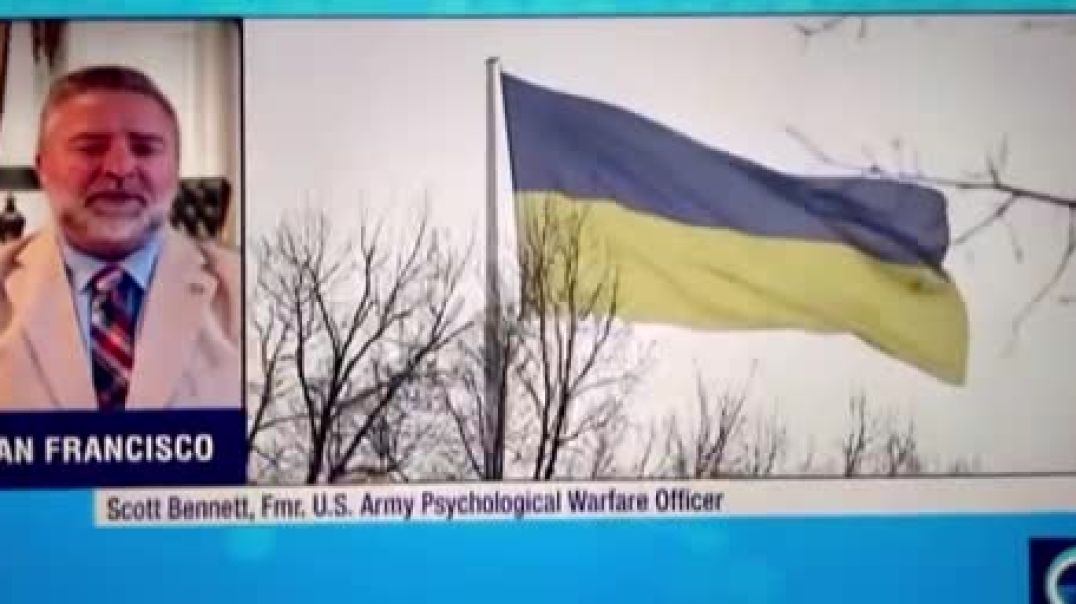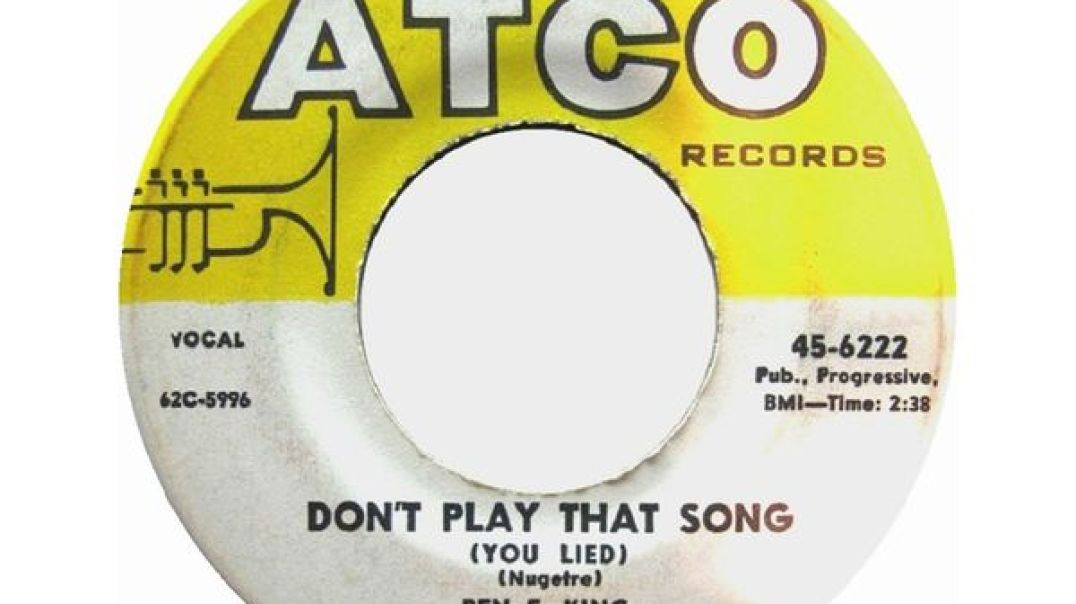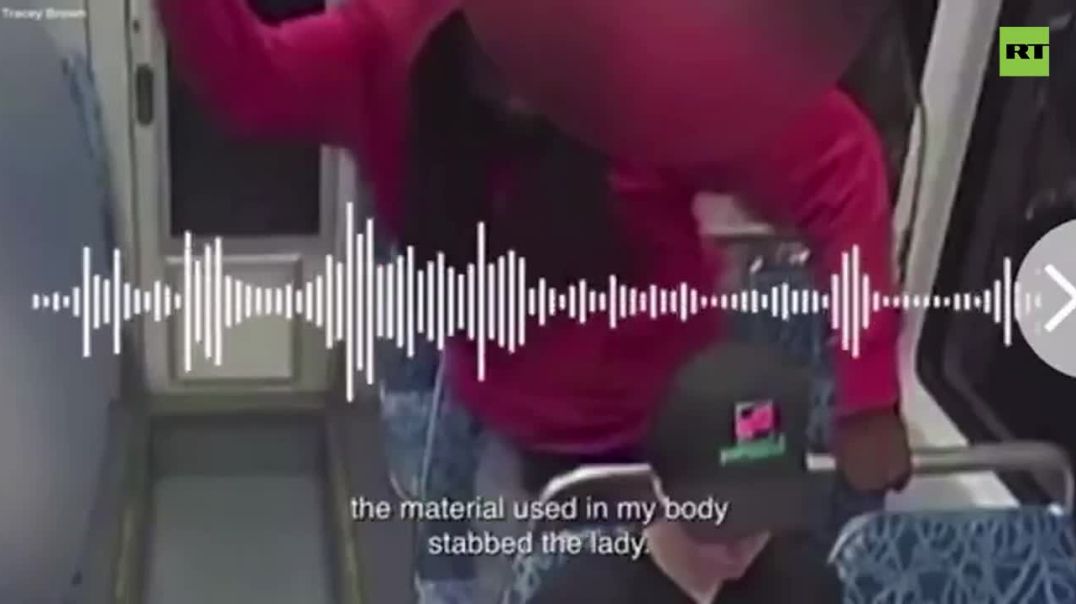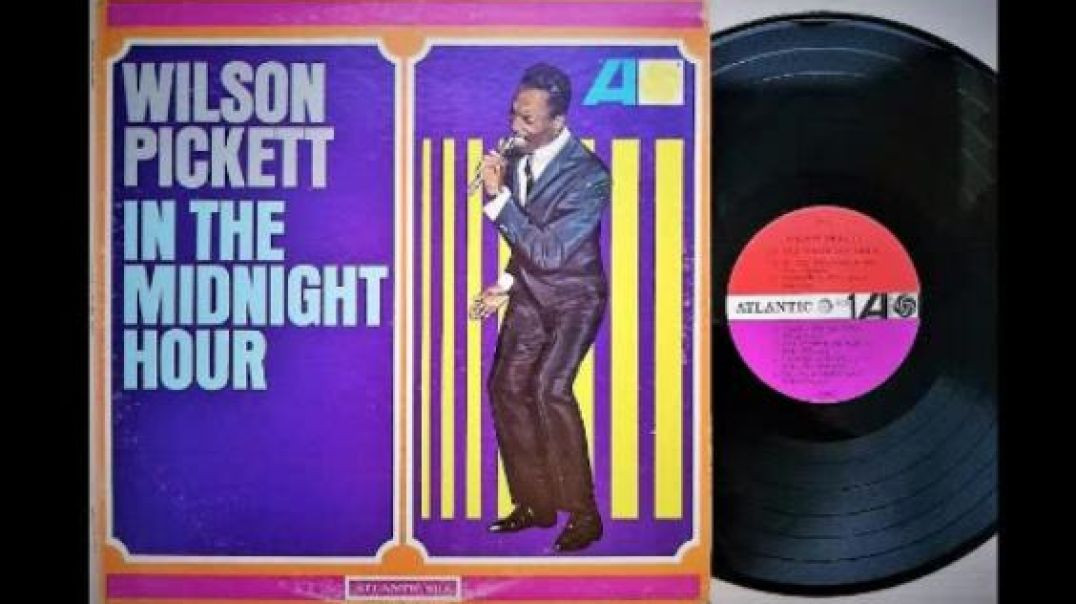Top videos
‘Died as a Result of the Actions of Traitors to Russia’: Wagner Boss Confirmed Dead
Russia’s Aviation Author has confirmed Wagner Group boss Yevgeny Prigozhin was on board the plane that crashed.
Mr Prigozhin led a mutiny against Putin’s rule three months ago.
The Wagner Group wrote on its Telegram channel that Prigozhin “died as a result of the actions of traitors to Russia”.
BRICS Summit Adds New Members and the Maui Fires Seem Suss? - Part 3
Google Workers Accuse Company Of Hate And Abuse Targeting Palestine Supporters
Some Muslim staff at Google have described the company’s reaction to their outspoken support for Palestine as ‘hate, abuse and retaliation', saying that they are under mounting workplace pressure over their stance on the Israel-Gaza conflict.
RT’s Saskia Taylor examines the issue.
Aussie media’s gas vs. electric vehicle test brings puzzling results.
Journalists from the Car Expert website drove from Melbourne to Sydney (around 550 miles) in a gas-powered and EV-fueled BMW sedan to test efficiency, and the petrol vehicle was reportedly cheaper and faster.
The EV costs AUD 132 (USD 86.75) for the journey, and the gas car AUD 118 (USD 77.55). The electric Beamer was also slower, spending 2 hours and 8 minutes stationary while charging.
Not Counted As Vaxxine Deaths – Over 50,000 Americans Aged 65 and Up Died Within the First Two Weeks
Attorney Thomas Renz: "They say, 'Well, we don't count anyone as vaccinated until 14 days after their full vaccination,' so that means until 14 days after your second dose, it's not counted. Well, they did that because they know most reactions occur within 14 days of either your first or second dose... [As of] November/December [2021], there were 52,000ish [people aged 65 and up] who died within 14 days."
https://www.australiannational....review.com/covid-19-
Hundreds march for Greece's exit from NATO & EU
Hundreds of anti-war protesters march through Larissa demanding the govt to take Greece out of NATO and leave the European Union.
Moderna CEO Stephane Bancel: "In the US so far, there's been 16 million people with long Covid, mostly young people in their twenties, their thirties, their forties...Somebody who used to able to jog 5 kilometers they can barely walk now because of lung damage which is permanent, is very profound...4 million Americans out of job right now because of long Covid..."
Original source: https://twitter.com/newstart_2....024/status/178785655
BLEXIT was LIVE in Greenville SC to an overflow crowd of enthusiastic Free Thinkers! Join the BLEXIT movement and break free! Visit BLEXIT.com
How Globalist George Soros over throw Governments without you even knowing
Tucker: Last week, the New York Times began working on a story about where my family and I live. #FoxNews #Tucker
Subscribe to Fox News! https://bit.ly/2vBUvAS
Watch more Fox News Video: http://video.foxnews.com
Watch Fox News Channel Live: http://www.foxnewsgo.com/
FOX News Channel (FNC) is a 24-hour all-encompassing news service delivering breaking news as well as political and business news. The number one network in cable, FNC has been the most-watched television news channel for 18 consecutive years. According to a 2020 Brand Keys Consumer Loyalty Engagement Index report, FOX News is the top brand in the country for morning and evening news coverage. A 2019 Suffolk University poll named FOX News as the most trusted source for television news or commentary, while a 2019 Brand Keys Emotion Engagement Analysis survey found that FOX News was the most trusted cable news brand. A 2017 Gallup/Knight Foundation survey also found that among Americans who could name an objective news source, FOX News was the top-cited outlet. Owned by FOX Corporation, FNC is available in nearly 90 million homes and dominates the cable news landscape, routinely notching the top ten programs in the genre.
Watch full episodes of your favorite shows
The Five: http://video.foxnews.com/playlist/longform-the-five/
Special Report with Bret Baier: http://video.foxnews.com/playlist/longform-special-report/
The Story with Martha Maccallum: http://video.foxnews.com/playlist/longform-the-story-with-martha-maccallum/
Tucker Carlson Tonight: http://video.foxnews.com/playlist/longform-tucker-carlson-tonight/
Hannity: http://video.foxnews.com/playlist/longform-hannity/
The Ingraham Angle: http://video.foxnews.com/playlist/longform-the-ingraham-angle/
Fox News @ Night: http://video.foxnews.com/playlist/longform-fox-news-night/
Follow Fox News on Facebook: https://www.facebook.com/FoxNews/
Follow Fox News on Twitter: https://twitter.com/FoxNews/
Follow Fox News on Instagram: https://www.instagram.com/foxnews/om/
Trump's today-appointed "AI and crypto chief" in the White House, American billionaire David Sachs - five months ago: Biden provoked, yes, provoked, the Russians to invade Ukraine with talk of NATO expansion.
Source: https://t.me/AussieCossack/29345
US Military whistleblower LT Scott Bennet drops bombshell on Ukrainian Bio-weapons Labs:
“It originally started in 2005 with the Defence Intelligence Agency…which created a 501 C3…called the Global Viral Forecasting Institute…with a Mossad Operative named Nathan Wolfe…which became Metabiota.
This was funded by Rosemont , an investment firm, where Hunter Biden was the head of…along with Christopher Heinz (John Kerry’s son) and Paul Pelosi…Nancy Pelosi’s son.
The West has been developing this under Obama and Biden for the last 10 years for the purposes of generating Biological and Chemical Warfare to use against the Russians, which is why they’ve been collecting DNA samples from Slavic People. Revelations of a Massive War Crime…Crimes Against Humanity …as it’s a violation of the Global Biological Weapons Agreement.
This shows America with its 30 BIOLABS in Ukraine was involved in the experimentation on Human to Animal Transmission…which is precisely the origin of ‘Covid-19’."
Source: https://t.me/LauraAbolichannel/39618
This year’s Axel Springer award honors Elon Musk. Through his inventive and innovative spirit, Elon has revolutionized several industries, from electric vehicles and battery storage to space travel. Elon will accept the award on December 1, 2020, at the Axel Springer headquarters in Berlin. The theme of the evening is “An Evening for Elon Musk – Mission to Mars.” More at https://axel-springer-award.com
OUR DAILY OLDIES
OUR DAILY OLDIES
Iryna Zarutska’s Killer SPEAKS from Jail
Schizo criminal Decarlos Brown claims mysterious ‘material’ made him ‘lash out’ at victim.
‘The material used in my body stabbed the lady’.
Conversation with his sister given to the Daily Mail.
Source: https://t.me/rtnews/110900
CLASSIC CARTOONS - THESE 'MUTT AND JEFF' CARTOONS ARE NOT ONLY "OLD" CLASSIC CARTOONS, THEY ARE RELICS FROM THE TIMES OF SILENT CINEMA. MUSIC AND COLOR WERE ADDED AT A LATER DATE.
OUR DAILY OLDIES
The Key to Our Freedom Magna Carta article 61
https://www.facebook.com/groups/754338414949984/
https://www.facebook.com/groups/2580605148659033/
Putin to soldiers: In Ukraine, our only option is to fight and move forward.



















